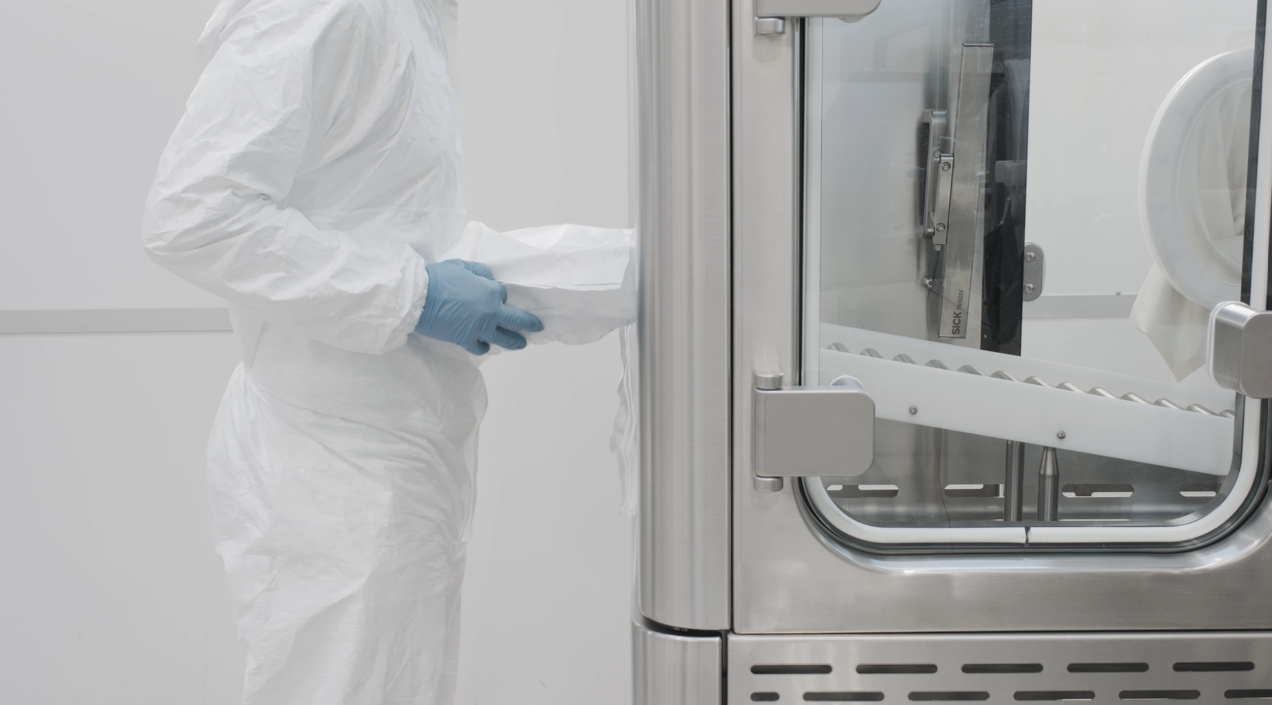Putting Annex 1 into Practice: What Small-Batch Manufacturers Need to Know
In this webinar recap, David Johnson, Sales & Marketing Director at 3P innovation, and Tracy Moore, Principal Consultant at TM Pharma and former...
2 min read
David Johnson : 24 November 2025
In this webinar recap, David Johnson, Sales & Marketing Director at 3P innovation, and Tracy Moore, Principal Consultant at TM Pharma and former MHRA inspector, discuss what the latest Annex 1 revision means in real-world practice, particularly for small-batch manufacturers.
The long-awaited revision of EU GMP Annex 1 has reshaped how manufacturers approach aseptic processing. For companies working with small-batch, high-value products such as advanced therapy medicinal products (ATMPs), orphan drugs, and personalised medicines, the changes bring both challenges and opportunities.
Annex 1 is no longer just a regulatory requirement; it has evolved into a living, breathing framework that emphasises robust design principles, risk-based thinking, and contamination control. For small-batch manufacturers, this means a stronger focus on contamination control strategies (CCS), where documents must clearly map how risks are managed across operations. The days of “traditional” fill lines with curtains are over, regulators now expect rigid, physical barriers such as isolators. In addition, Annex 1 aligns closely with ICH Q9, making quality risk management (QRM) a core tool for justifying process and design choices. As Tracy Moore, former MHRA inspector, explains: “You can’t monitor or control your way out of a poor design. Design must be the foundation, supported by control and monitoring.”
A common challenge for small-batch manufacturers is whether to retrofit legacy fill-finish lines or invest in new equipment. While some attempt to wrap existing systems with barrier technology, this approach often fails to meet Annex 1 expectations. Retrofitting introduces airflow and first-air challenges that are difficult to mitigate, and even upgraded systems require full requalification, including aseptic process simulations (APS). In many cases, investing in a new line proves to be more cost- and time-effective than continual patchwork fixes.
The rise of isolator technology is another significant trend. Once debated only in terms of upfront cost versus RABS, isolators now offer clear long-term benefits. They can operate in Grade C environments, reducing the complexity and cost of facility design compared to Grade B requirements for RABS. They also improve operator comfort, reducing gowning requirements and improving efficiency and retention. From a regulatory standpoint, isolators future-proof facilities, as authorities such as the FDA will no longer accept new applications based on open RABS systems. As David Johnson notes: “Regulation only moves in one direction. Choosing isolators today isn’t just about compliance now, it’s about safeguarding your facility for the future.”
Annex 1 also places significant emphasis on integrating CCS into everyday operations. Small-batch manufacturers must document residual risks and outline mitigation plans where risks cannot be fully eliminated. Risk-based approaches are intended to keep strategies practical and effective, rather than to justify shortcuts. Importantly, CCS should be a living document, accurately reflecting reality across facility design, personnel monitoring, environmental controls, and process validation.
Aseptic powder filling introduces unique challenges. Unlike liquids, powders can generate particulates that interfere with environmental monitoring. Annex 1 allows some flexibility: monitoring may be paused during dosing, provided it resumes immediately afterwards, and pre- and post-process data demonstrate environmental control. This highlights a broader theme of the revision, regulatory compliance is built on robust, interpretable data. Manufacturers must collect and analyse monitoring results to justify their approach, particularly when processes deviate from standard expectations.
For small-batch manufacturers, Annex 1 presents both a challenge and an opportunity. By prioritising design, embedding CCS into daily operations, and adopting future-proof technologies such as isolators, companies can not only maintain compliance but also build more efficient and resilient operations. As Tracy Moore advises: “Keep it simple, keep it documented, and keep design at the heart of your compliance strategy.”
Learn more about how roboFIL™ was engineered from the ground up following the latest Annex 1 revision.

In this webinar recap, David Johnson, Sales & Marketing Director at 3P innovation, and Tracy Moore, Principal Consultant at TM Pharma and former...

Our DPI blister filling capabilities draw on long-standing experience, our founder, Tom Bailey, is one of the named inventors of the DPI filling...